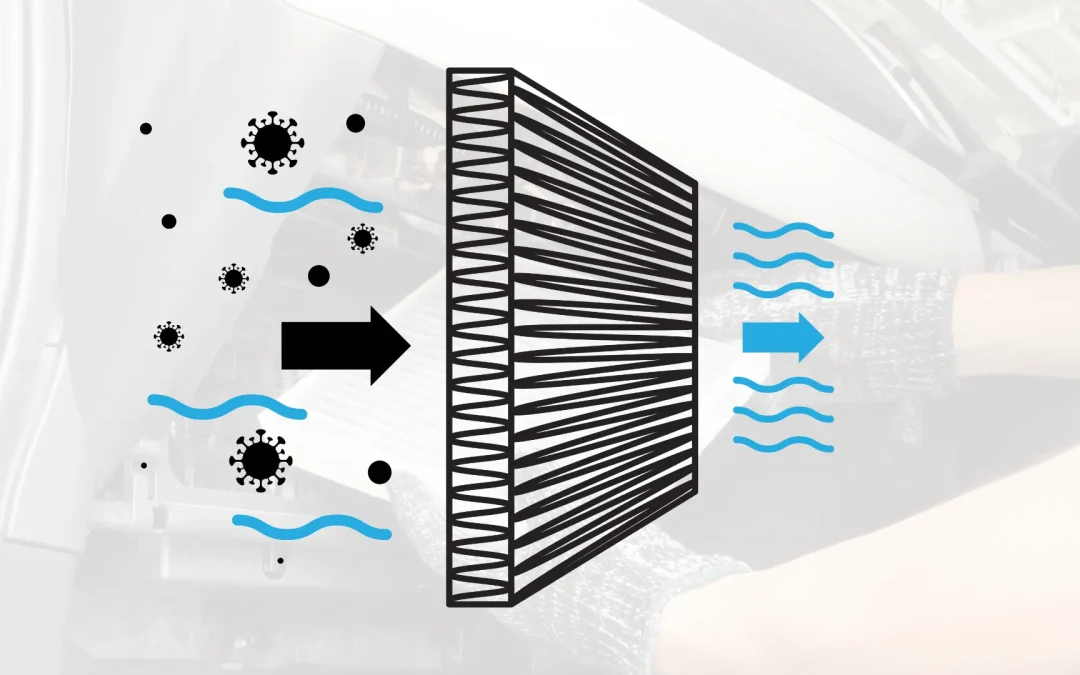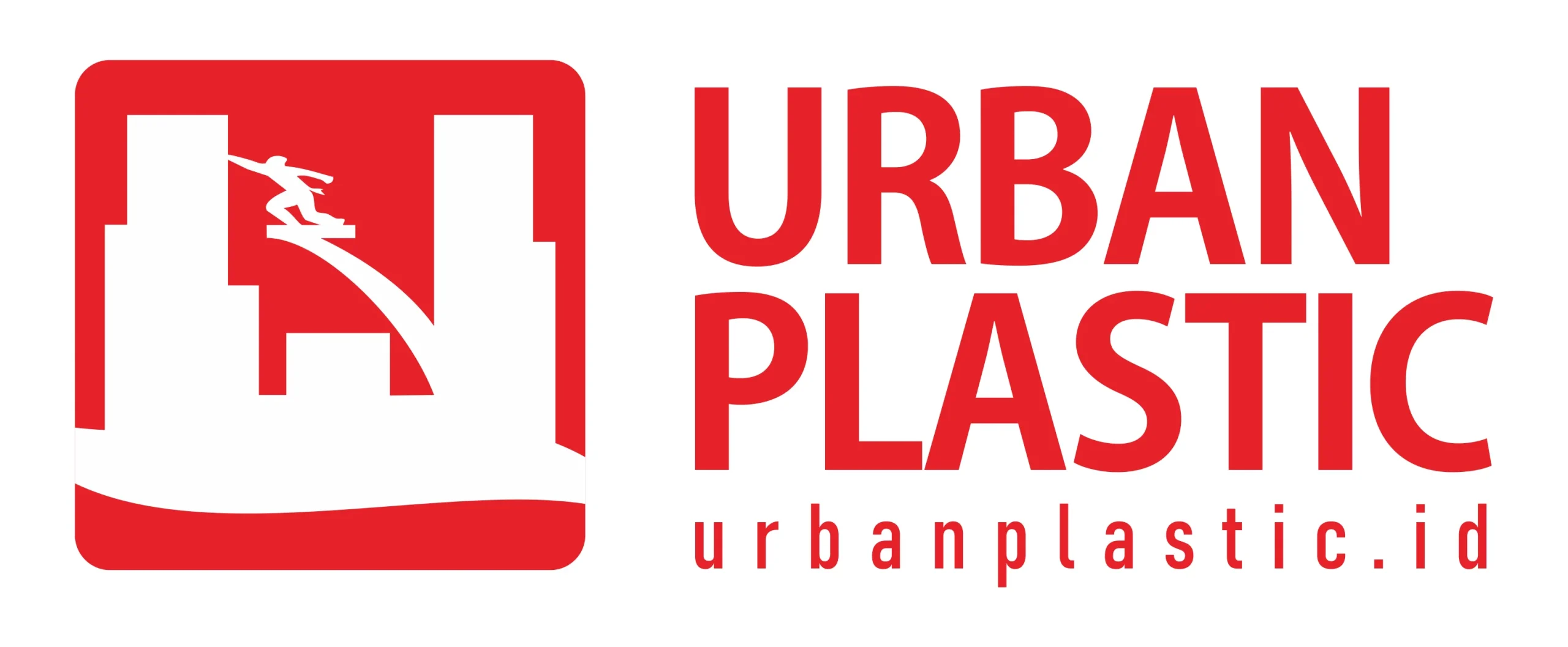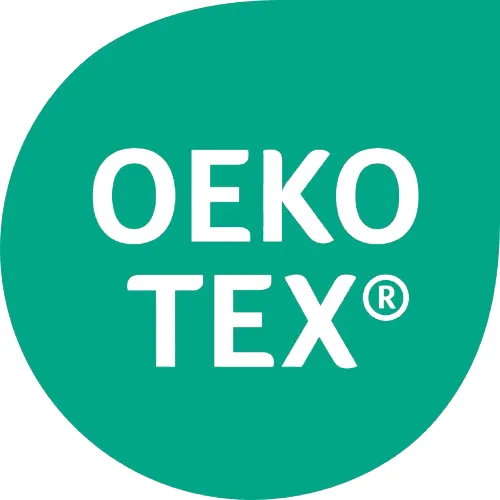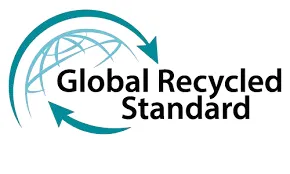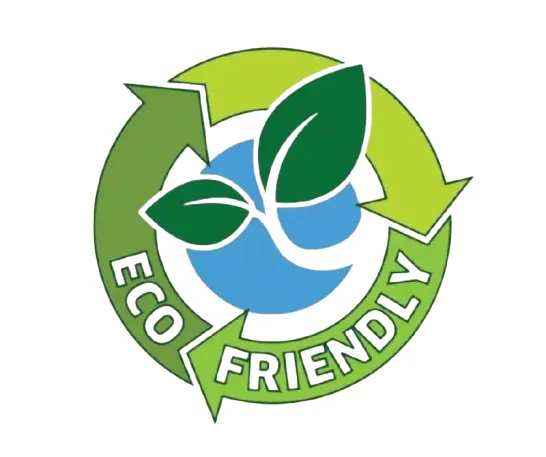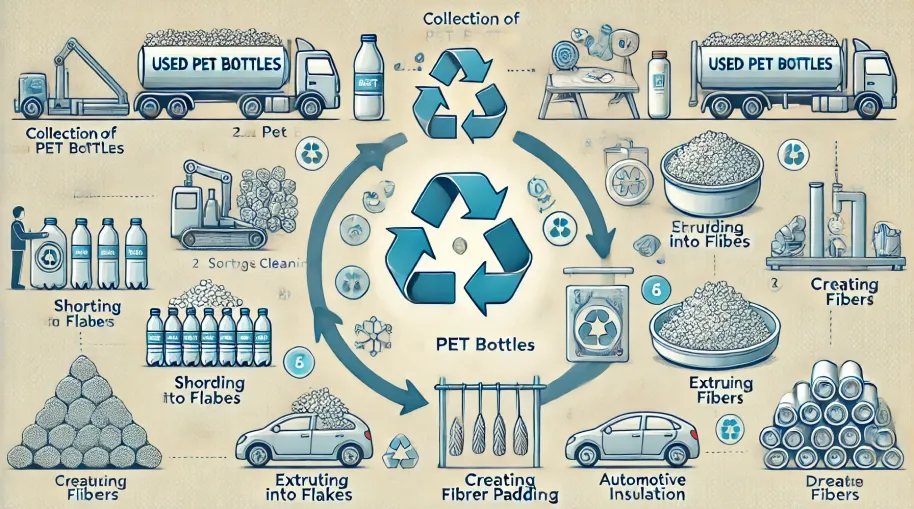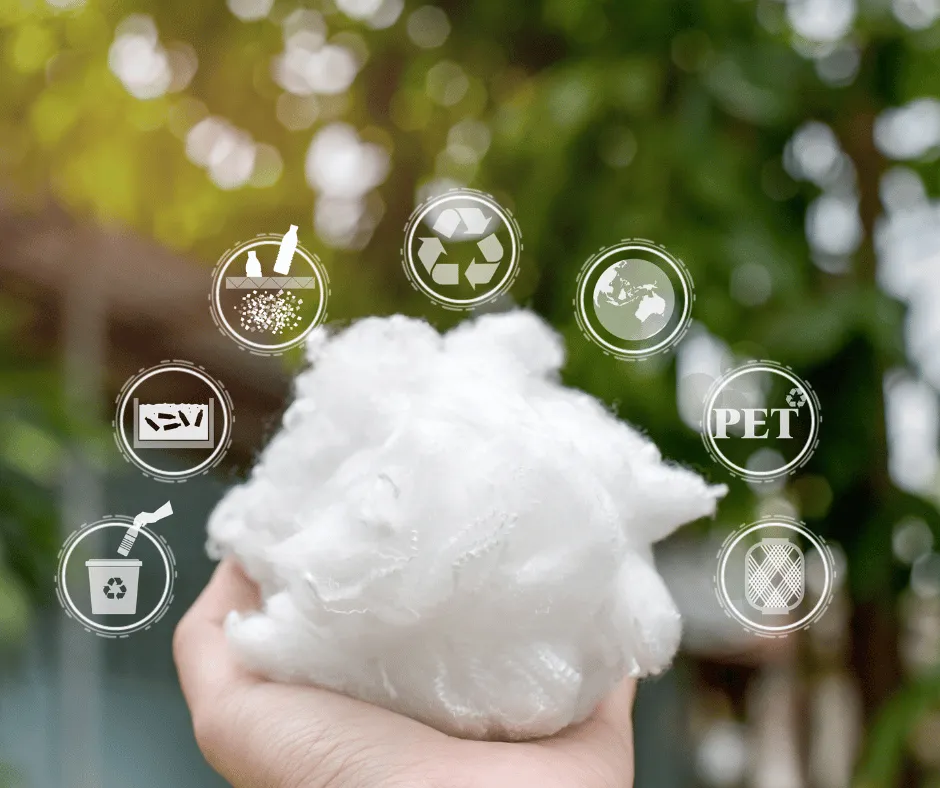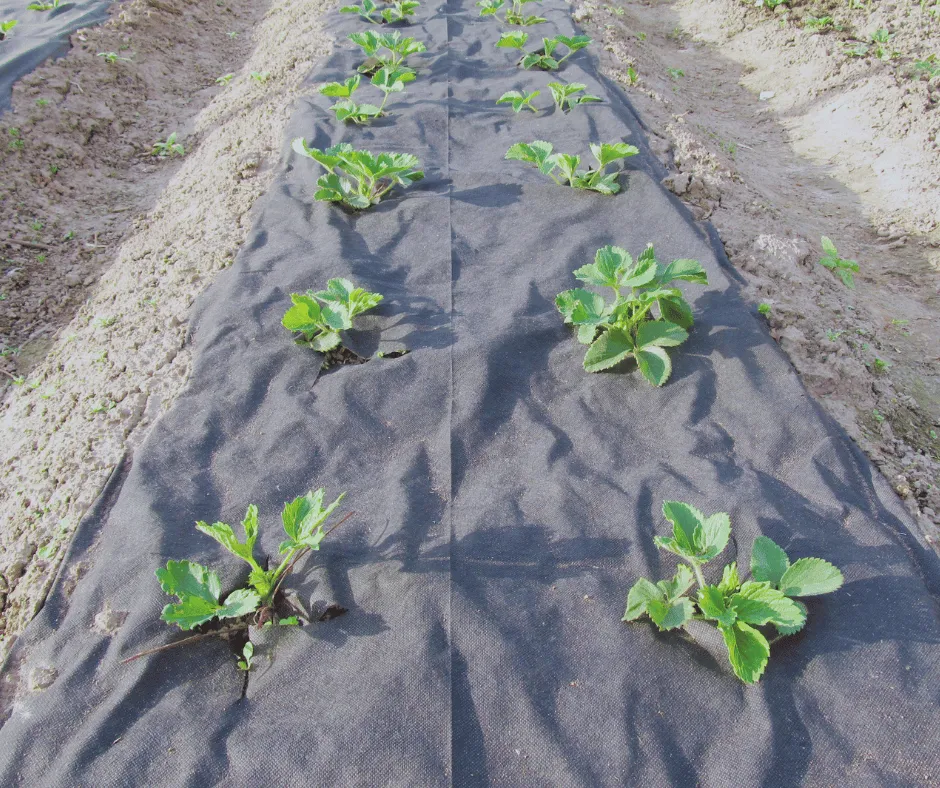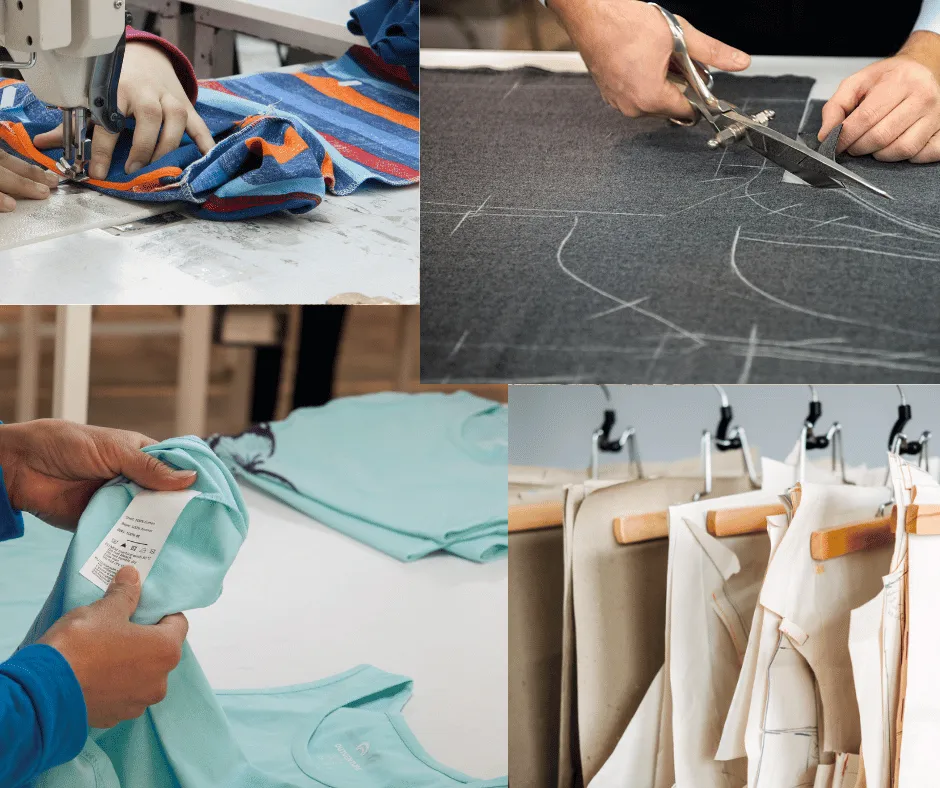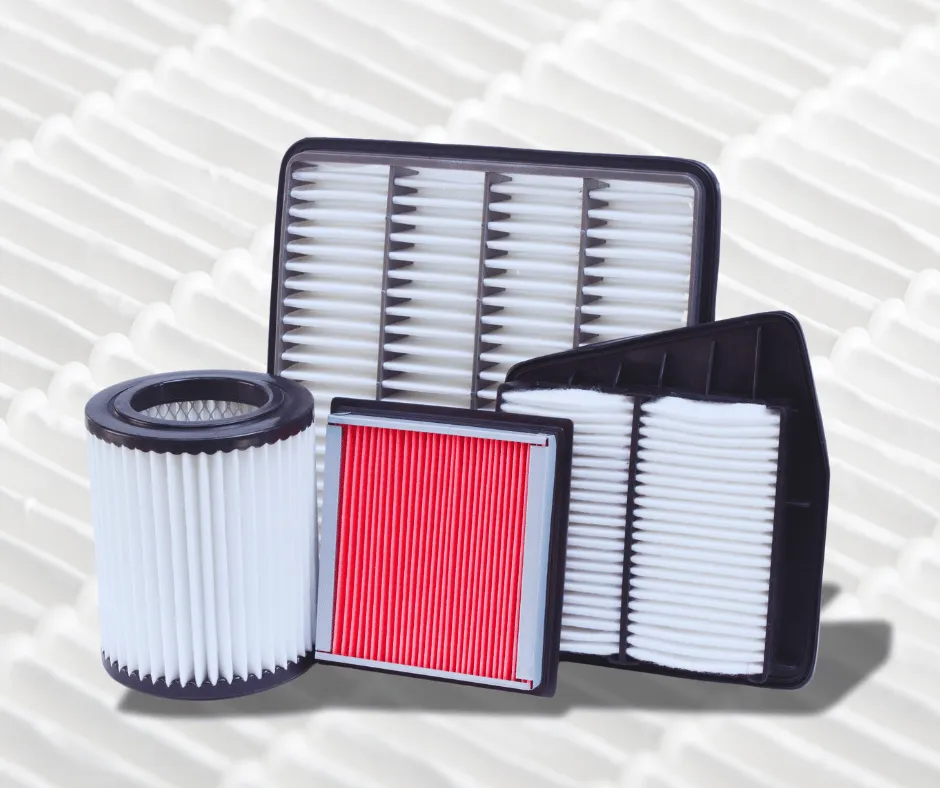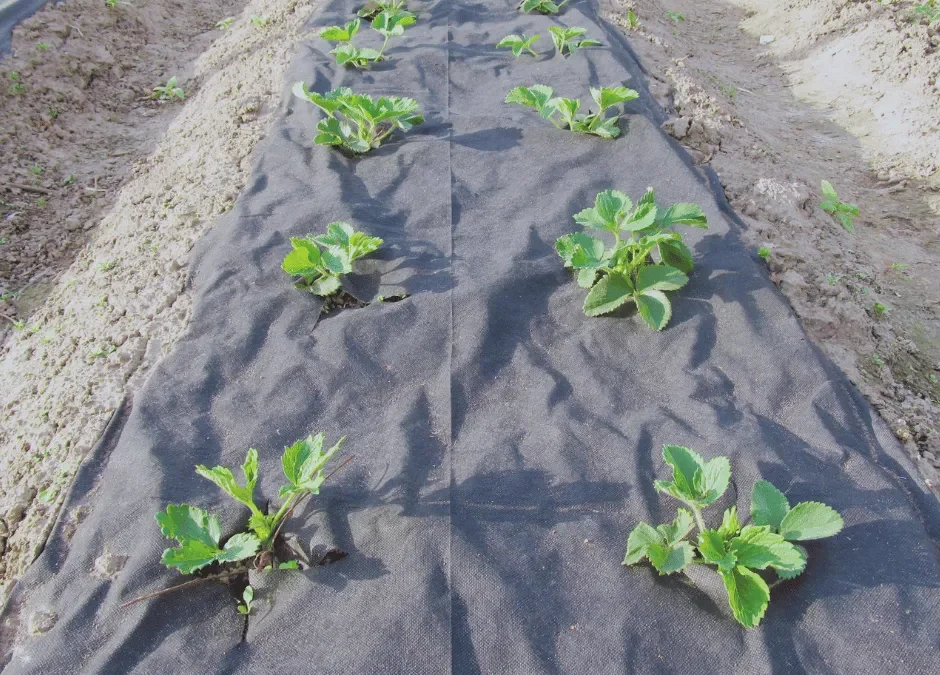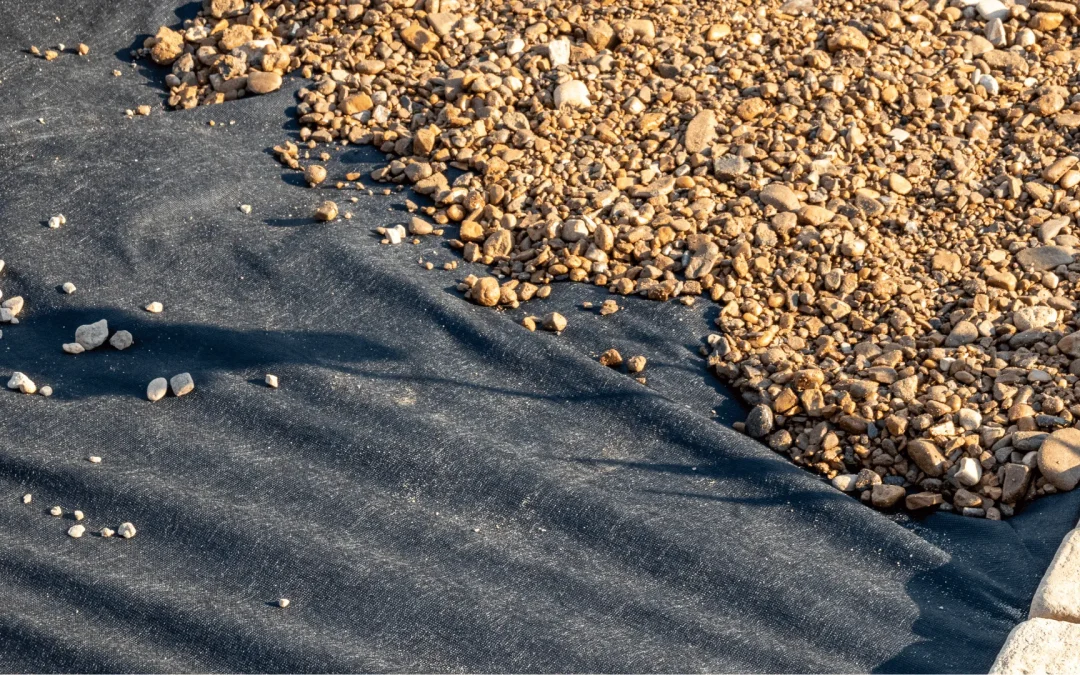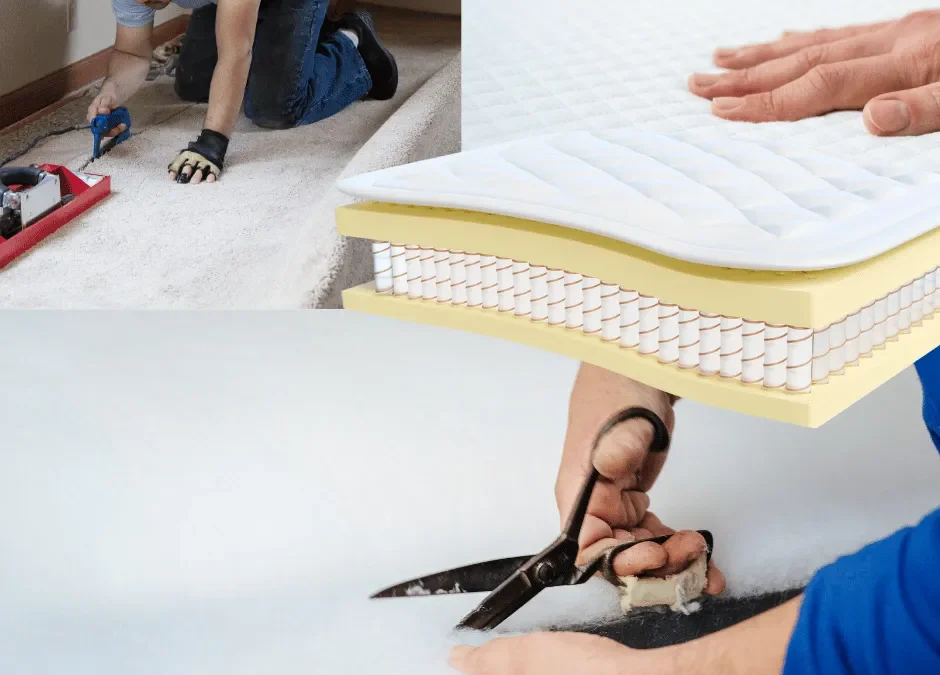Once melted, the PET (Polyethylene Terephthalate) is forced through a tool called a spinneret, which has tiny holes. This process creates fine fibers, similar to threads. These fibers are cooled and stretched to give them the desired strength and elasticity.
The PET fibers are then processed into fiber padding. This involves bonding the fibers together to form thick, cushioned sheets that are often used as filling materials in products such as pillows, mattresses, or upholstery. Fiber padding is also used in the automotive industry for insulation and soundproofing.
Once the fiber padding and other products are manufactured, they are packaged and distributed to various industries that need them, such as the textile, automotive, construction, and home goods sectors. After these products have reached the end of their life cycle, they can be recycled again through the same process, creating a sustainable and environmentally friendly recycling loop.
